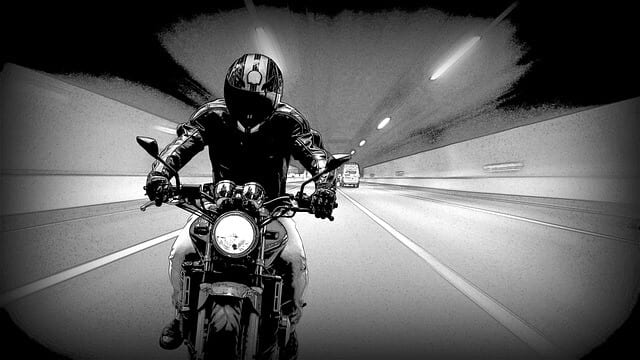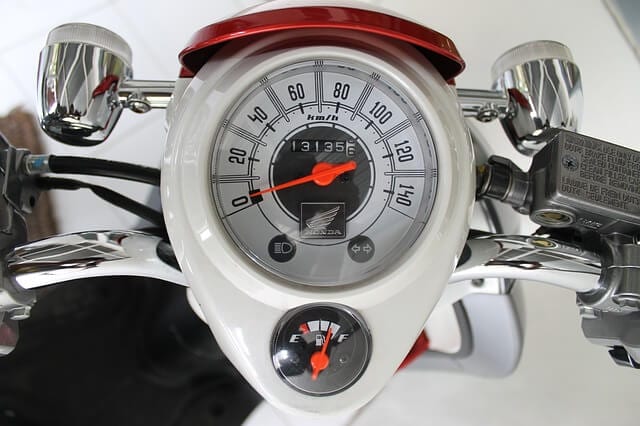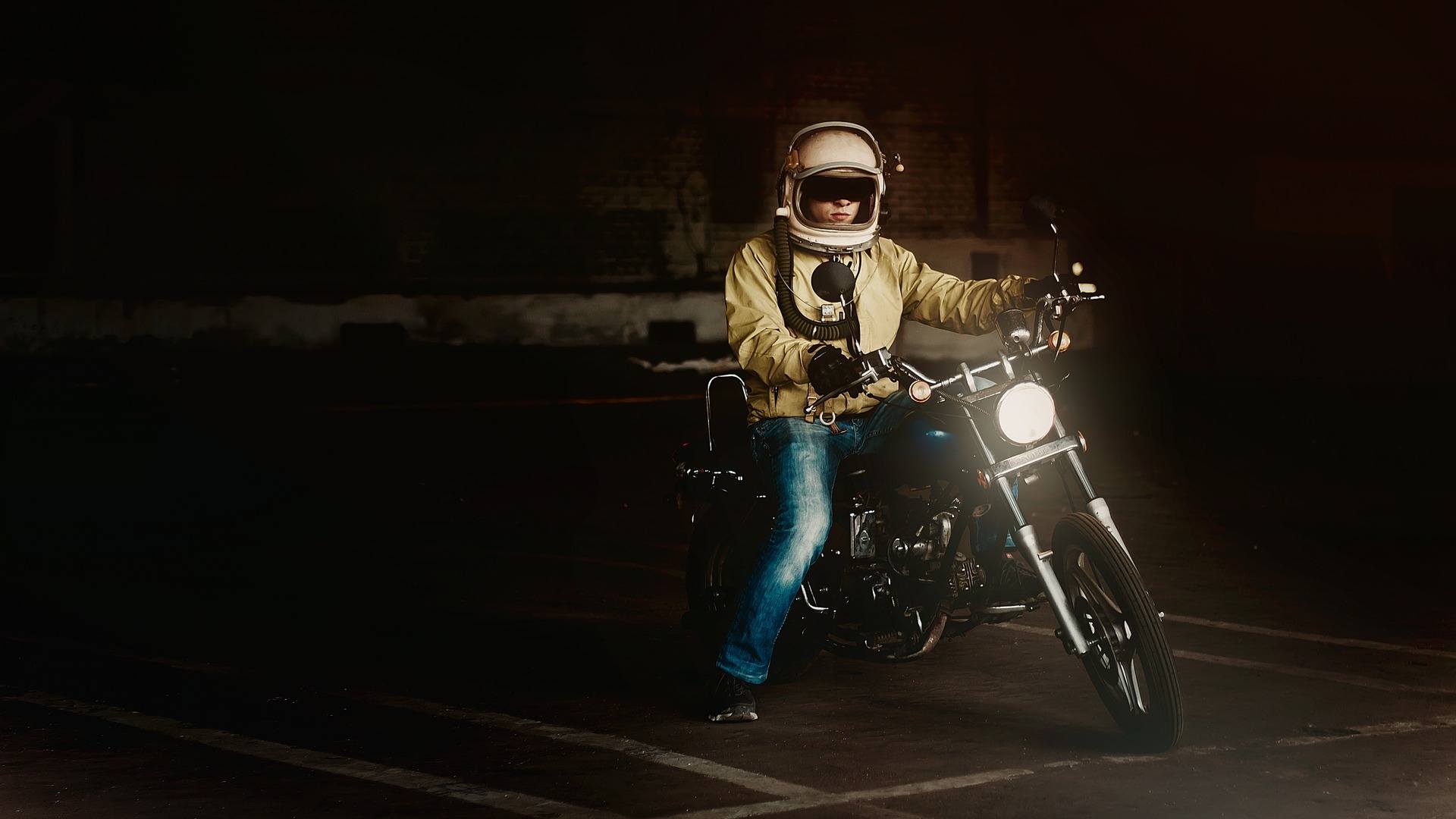People who want to get involved in motorcycle riding often start out by wondering how difficult it is to learn.
The answer, of course, is that it varies. For some people it is easier than for others.
People who are good at riding a bicycle find it easier to learn, because they are already familiar with steering and balance that will be applicable to motorcycle riding.
People who are good at driving a car with a manual transmission will also find aspects of motorcycle riding easier.
If they have learned how to properly use a clutch and shift gears smoothly.
Ultimately, learning to ride a motorcycle isn't that difficult, if the learner is engaged and interested and ready to learn.
How To Learn To Ride A Motorcycle Without Owning One
Many reputable motorcycle schools will include the cost of use of a motorcycle in the cost of the lessons, or will provide one during lessons for a reasonable fee.
For example, many Harley-Davidson dealerships offer motorcycle riding classes and loan learners a motorcycle for use during classes.
The same is true for classes certified by the Motorcycle Safety Foundation, with providers across the United States.
MSF certified classes also include the loan of a helmet, to make learning even easier.
It is best to search for a motorcycle driving school that includes the loan of a bike.
This is a good idea in order to learn to ride and learn what type of motorcycle best suits the rider's needs before investing in one.
How To Start A Motorcycle
Starting a motorcycle depends on whether the model requires kickstarting or not.
Most modern motorcycles do not require a kickstart, and are therefore easier for the beginner. For a modern motorcycle:
To kickstart a motorcycle:
How To Get On and Off A motorcycle
Remember that it is the rider's responsibility to control the motorcycle at all times.
When the bike is off the kickstand, it is unstable. Make sure that the motorcycle is not so heavy that the rider cannot control it.
To get on a motorcycle, face it from the left side or curb side (out of the path of traffic).
With the left foot on the ground, grab the left handlebar and swing the right leg over the seat.
Do not stand on the foot peg to lift the leg over the motorcycle.
Stand firmly straddling the motorcycle with both feet flat on the ground before lifting the kickstand.
To get off a motorcycle, stand firmly with both feet on the ground.
Lean the torso forward and swing one leg toward the rear over the seat, until both feet are on the ground on the curb side of the bike.
Also Read: Top 10 Bluetooth Motorcycle Helmets
How To Practice Motorcycle Riding
A beginner should always start with learning how to start, accelerate, shift, turn, and stop a motorcycle safely and smoothly.
It is often a good idea to learn these skills in a school, with an experienced teacher.
That way the learner can polish their skills without needing to be attentive to traffic.
Many school parking lots are empty in the evenings, or church parking lots are only used lightly during the week.
Ideally the parking lot would be clean of oil and grease, or litter and debris that might distract or impede the practice.
Even when practicing, wear all appropriate motorcycle safety and protective gear.
Not only does this equipment keep the rider safe, but wearing it even during practice sessions makes it part of the routine for wearing on the road.
Read this: are helmet cameras legal in the US?
Practicing turns
This is a great place to start perfecting skills as a motorcycle rider.
Practice smoothly slowing before the turn and accelerating out of it while keeping the bike balanced.
Advanced learners should also practice stopping on a curve, in case something unexpected appears on the road mid-turn.
Assuming the learner has mastered stopping the motorcycle under normal conditions, they can move on to practicing quicker stops, in case of unexpected obstacles or vehicle behavior in traffic.
Conclusion
Remember that a motorcycle rider should always maintain a safe distance from other vehicles under any circumstances.
Keep in mind that knowing how to safely execute a quick stop is an important skill to master.
Following these tips will help anyone learn how to safely operate a motorcycle and make sure that they invest in the machine that is right for them.
Motorcycle riding is easy to learn, fun to do, and opens up whole new opportunities to explore the world and to make new friends.
With some practice and attention, it can become a wonderful lifelong hobby.

David Williams is an author with a passion for motorcycles and all things related to the world of two-wheeled vehicles. His expertise is evident on his website, The Moto Expert, where he shares his knowledge and insights with fellow enthusiasts. Follow him on social media to stay up-to-date on the latest motorcycle news, reviews, and trends. Whether you’re a seasoned rider or just starting out, David’s content is sure to inform and entertain. Join his community and become a part of the conversation today.




